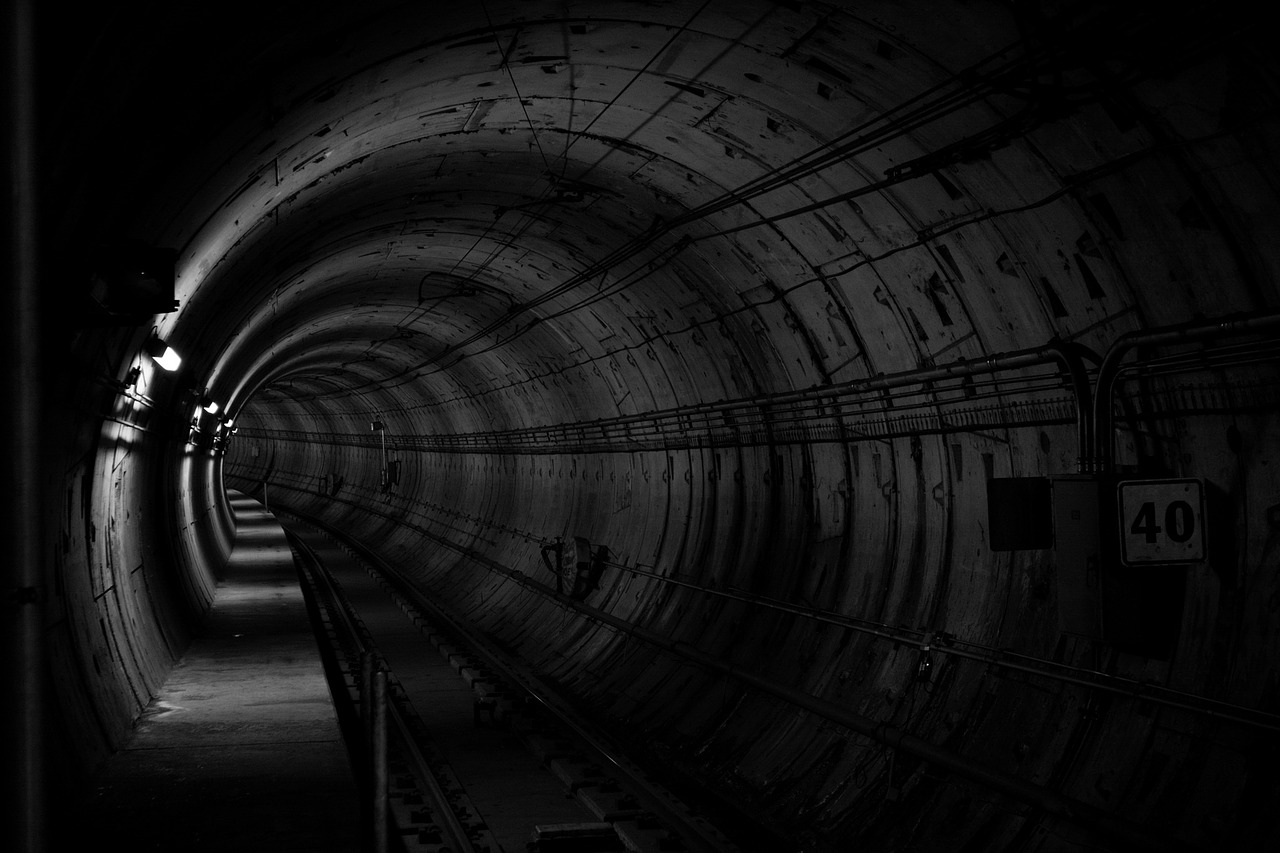
What is an Underground Film?
Underground Cinema was popularized during the 1950s and 1960s throughout the United States. At the time, filmmakers sought to challenge traditional Hollywood thinking. And evoke a counterculture film movement in which films would be independently financed. The content created would focus on topics that were otherwise considered taboo. Like politics, religion and the corruption of society. You might recognize this as a cult-like movement. Although cult films are not the same as underground films. So, what is an underground film? And how do underground films differ from mainstream filmmaking?

What is an Underground Film?
There really isn’t a single definition of the term “underground film” that everyone in the film industry seems to agree with.
Underground films are not representative of a genre. Nor should the term “underground” be a catch-all for other film genres. Or for films which don’t seem to fit into these other genres.
Underground films are those which divert from the mainstream in terms of traditional film financing, topic coverage, and style. Some believe these films are of an avant-garde meets experimental style.
While others believe that underground films are more of a cult-like movement. With the exception of finances. Independently, rather than through a studio. Largely because studios wouldn’t want to be associated with the films produced in the underground movement.
Underground Film Characteristics
As it’s difficult to define what an underground film is specifically. It makes sense to dive further into the individual thematic elements, production techniques, and unique characteristics of underground films.
To help form a stronger understanding of what an underground film is. Underground films represented a counterculture to Hollywood films of their time (the 1950s and 1960s).
They used similar techniques to films that were part of the expressionist movement. The avant-garde movement and various other techniques that were common in filmmaking during the 1950s.
Characteristics of underground films included:
- Themes which would explore horror, pornography, and experimental subjects.
- Editing which would include fluid handheld movements.
- The use of surreal or abstract imagery.
- Unpredictable editing rhythms.
- Countercultural fringe.
- Independent cinema with a disconnect from traditional filmmaking characteristics.
In Summary
So, what is an underground film? Underground film would be a term to describe a movement toward countercultural production of films. On topics loosely under the guise of anti-Hollywood.
And which would characteristically resemble the later Avante-Garde styles as well as films from the Impressionist movement.
These films are representative of a clandestine and subversive culture. Which operated beneath the traditional Hollywood film industry and which sought to explore topics that were otherwise off-limits by film studios.


